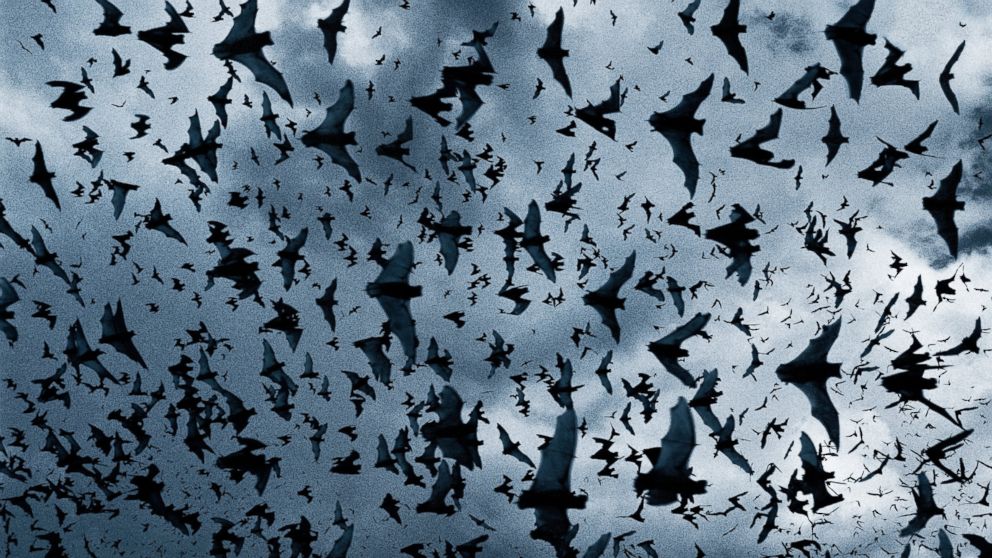Bats, Not Easy to Love, Dying Daily by Thousands
Bats are critical for farmers, but 600,000 died at wind farms last year.

Nov. 24, 2013— -- Talk about bad press. The poor bat has been featured in so many horror movies that its image ranks right up there with the devil, yet it is one of the best friends we have in the animal kingdom.
It saves billions of dollars every year for farmers by voraciously feeding on insects that would otherwise destroy crops, and it pollinates as it goes about its nightly tasks.
But these are hard days for these peculiar animals, because they face mass extinction from a disease called White Nose Syndrome and every night thousands of are killed by energy-producing wind turbines that conservationists, economists and politicians hope will reduce this nation's need for foreign oil.
Every solution to this perplexing energy problem comes with a downside, and wind turbines are no exception. A new study from the University of Colorado, Denver, estimates that 600,000 bats were killed by wind turbines last year alone.
According to biologist Mark Hayes, author of the study, that number is "probably conservative." It covers only the migratory period and it is based on the lowest estimate from each site, not the highest.
It could be as high as 900,000, he noted.
Why should anyone care? According to Bat Conservation International of Austin, Texas, the "low end estimate" of the value of bats to U.S. agriculture is at least $3.7 billion. Cotton farmers alone are saved about $74 per acre, the organization's study, published in the journal Science two years ago, concluded.
But here's an odd twist to this saga. Most bats don't die from colliding with the turbine blades. They can detect objects with echolocation, and they seldom collide with man-made structures -- although they fly mostly at night -- according to Erin Baerwald of the University of Calgary, who has been researching the problem in Canada for years.
Instead, a sudden but subtle drop in atmospheric pressure from the blades causes internal hemorrhaging, a condition known as barotrauma.
Bats are more vulnerable to barotrauma than birds, according to Baerwald, and bat fatalities far outnumber bird fatalities at most sites, so this has become "a bat issue, not a bird issue."
Baerwald explained that bat lungs differ from bird lungs. Like other mammals, bats have a system that is like a balloon "with two-way airflow ending in thin flexible sacs surrounded by capillaries." When there's a sudden drop in air pressure, the sacs can over-expand, bursting the capillaries, and the bats die from hemorrhaging. Birds have a more rigid system, and can thus survive a drop in air pressure.
Birds, by the way, have benefited from several mitigating factors, including better lighting around wind farms, and their fatalities have decreased, although lots of birds still collide with turbines and die.
But everybody loves birds, and few love bats, so it has been more difficult to arouse public concern and address ways of reducing bat deaths, even though there are ways that seem promising.
Researchers in both Canada and the United States have found that bats die from turbines almost entirely during periods when the wind is low, because they can't fly in high winds. And during low-wind periods, the turbines barely move anyway, so would it be possible to leave the blades idle when the wind is low and not significantly affect the amount of energy produced?
The answer, according to Edward Arnett from Bat Conservation International, is yes.




